Not sure which snow thrower is right for you? If your yard is small and gets little snow, try an electric thrower like the Walk-Behind Electric Snow Thrower. If your yard is medium or big and gets lots of snow, gas-powered models are better. People who care about the environment often pick battery options like the SuperHandy Electric Snow Thrower - 20V 2Ah Battery. Look at your yard size and how much snow you get before you choose. Here’s a quick guide:
|
Property Size |
Recommended Snow Thrower Type |
Power Source |
|---|---|---|
|
Small (under 1,000 sq ft) |
Single-stage snowblower |
Electric |
|
Medium (1,000 - 5,000 sq ft) |
Two-stage snowblower |
Gas-powered |
|
Large (over 5,000 sq ft) |
Three-stage snowblower |
Gas-powered |
Key Takeaways
-
Pick an electric snow thrower for small yards with light snow. These are simple to use and good for the environment. They do not need much care.
-
Gas snow blowers work best for big areas and lots of snow. They are very strong but need more care and make more noise.
-
Cordless snow blowers let you move around easily. You do not need cords or gas. They work well for small or medium yards and are simple to store.
-
Think about your yard size, how much snow you get, and the ground type. This helps you pick the best snow blower for you.
-
Look at how much it costs to buy and take care of the machine. Electric ones cost less to keep up. Gas ones may cost more at first and to maintain.
Best Snow Thrower Power Source

Picking the right snow blower power source helps you in winter. You need one that matches your yard size and weather. Think about your daily routine too. Knowing about different snow blowers helps you choose the best one. Let’s see who should pick electric, gas, or cordless models.
Electric Snow Throwers: Who Should Choose Them
Electric snow blowers work well for small or medium yards. They are good if you get light or moderate snow. These machines are simple to use and take care of. You just press a button to start them. They run quietly, so you can use them early without bothering anyone. Electric models are lighter and easy to move. You do not need to change oil or spark plugs.
Tip: Electric snow blowers are best for fluffy snow. They may not work well with deep or wet snow. Remember this if you get big storms.
Here are reasons why electric throwers are good for many people:
|
Advantage |
Description |
|---|---|
|
Ease of Use |
Light and simple to handle, quick for small areas. |
|
Eco-Friendly |
No emissions, better for the planet. |
|
Low Noise |
Quiet, great for homes close together. |
|
Low Maintenance |
No oil or spark plug changes needed. |
Electric snow blowers are great for light or moderate snow. They cost less to run because electricity is cheaper than gas. You save time and money since there is less upkeep. If you want an easy and eco-friendly way to clear snow, electric is a smart pick.
Gas Snow Blowers: Who Should Choose Them
If you get lots of snow, gas snow blowers are best. They are good for long driveways or big yards. Gas models have strong engines for deep and wet snow. You can clear large spaces fast. You do not need a cord, so you can move anywhere.
Note: Consumer Reports says gas snow blowers are best for heavy snow. Two-stage gas models work for snow up to 16 inches deep. They do better than electric and battery models.
Why do people like gas snow blowers?
-
Gas snow blowers are strong and work fast.
-
They clear deep and heavy snow better than electric ones.
-
You can use them for big areas without worrying about cords or batteries.
-
Many gas models have features that help you steer and move easily.
Gas snow blowers need regular care, like changing oil and filters. They are louder and make emissions. But they are best for tough snow jobs.
Cordless Snow Blowers: Who Should Choose Them
Cordless snow blowers are easy and free to move. You do not need a cord or gasoline. These use rechargeable batteries, so they are simple to store and care for. If your yard is small or you get light snow, cordless snow blowers are a good choice.
Tip: Cordless snow blowers are quiet and make no emissions. They are great for quiet neighborhoods and people who care about the environment.
Here is when cordless snow blowers are best:
-
Cordless models are quiet and good for light snow and small yards.
-
They need less care than gas models.
-
You do not deal with emissions or flammable liquids.
-
Cordless snow blowers are light and easy to move in small spaces.
-
They are easy to store, and you can charge them with clean energy.
New battery technology gives cordless snow blowers more power and longer use. You get steady performance for most home snow clearing. If you want a clean, quiet, and simple snow blower, cordless models are a good choice.
How to Choose the Perfect Snow Blower
You want to make sure you pick the right machine for your winter needs. Let’s break down the main things you should think about when you choose the perfect snow blower. This way, you’ll get the best results for your yard and your routine.
Assessing Property Size
Your yard size matters a lot when you choose the perfect snow blower. If you have a small driveway or walkway, you don’t need a huge machine. Bigger properties need more power and wider clearing paths. Here’s a simple way to match your property to the right snow thrower:
-
Snowfall Amount and Type: Light, fluffy snow is easy for single-stage blowers. Wet, heavy snow needs a two- or three-stage blower.
-
Storage Space: Small machines fit in tight spots. Large models need a garage or shed.
-
Terrain: Flat, paved surfaces work best with single-stage blowers. Uneven or gravel areas need two- or three-stage models.
-
Power Source: Electric is great for light use. Gas-powered handles tough jobs. Battery-powered gives you easy movement and less pollution.
-
Budget: Set your budget early. Sometimes, spending more upfront saves you time and money later.
If you have a small yard, you’ll probably want a compact electric or cordless snow thrower. For big driveways or long sidewalks, a gas-powered model makes snow clearing much faster.
Considering Snowfall and Climate
Think about how much snow you get every year. Your local climate can change what kind of snow blower works best for you.
-
If you live in a place with light snowfall (2-6 inches), electric or battery-powered models are easy to use and don’t need much care.
-
Heavy snowfall (over 8 inches) means you need a gas-powered snow blower. These machines have more power and can handle deep, wet snow.
-
The type of snow matters too. Light, powdery snow is easier to clear. Wet, heavy snow needs a stronger machine.
Ask yourself: Do you get a few inches of snow at a time, or do you face big storms? This helps you choose the perfect snow blower for your home.
Evaluating Terrain and Surfaces
The ground under the snow can change which snow thrower works best. You want a machine that fits your yard’s surface and layout.
|
Snow Blower Type |
Best Conditions |
Terrain/Surface Suitability |
|---|---|---|
|
Gas-powered |
Heavy snow, larger areas |
Various terrains |
|
Electric |
Light snow, paved surfaces |
Paved surfaces |
|
Cordless |
Moderate snow |
Longer driveways |
-
Single-stage blowers work best for light snow on paved driveways and sidewalks.
-
Two-stage blowers handle moderate to heavy snow and work well for bigger spaces.
-
Three-stage blowers are made for extreme snow and large properties with tough conditions.
If your yard has hills, gravel, or uneven ground, you’ll want a two- or three-stage snow blower. Flat, smooth driveways are perfect for single-stage electric models.
Storage and Accessibility
You need to think about where you’ll keep your snow blower when you’re not using it. Storage can be tricky, especially if you have limited space.
-
Remove the battery from cordless models before storing. This keeps the battery safe and ready for next season.
-
For gas-powered machines, let the engine run out of fuel before you put it away. Turn off the fuel valve if your machine has one.
-
Wipe off any snow before storing to prevent rust and damage.
Most problems with gas snow blowers come from old fuel sitting in the tank. Gas can go bad in just two weeks. If you use ethanol fuel, it can attract moisture and hurt the carburetor. Electric and cordless models don’t have these issues, so they’re easier to store in small spaces.
Tip: If you have a small garage or shed, choose a compact electric or cordless snow thrower. For bigger machines, make sure you have enough room to store them safely.
When you choose the perfect snow blower, think about your yard size, snowfall, terrain, and storage space. This helps you get the right machine for easy snow clearing all winter.
Electric Snow Throwers
Electric snow throwers make winter easier for you. You can choose corded or cordless models. Each one is good for different snow jobs.
Corded vs. Cordless Models
You may wonder about corded and cordless snow blowers. Here is a quick comparison:
|
Feature |
Corded Electric Snow Throwers |
Battery-Powered Cordless Snow Throwers |
|---|---|---|
|
Power Supply |
Always has power with a cord |
No cord, easy to move |
|
Setup |
Just plug it in and start |
Charge battery before using |
|
Weight |
Lighter than cordless |
Heavier because of the battery |
|
Movement |
Cord limits how far you go |
Move anywhere, no cord needed |
|
Cost |
Costs less at first |
Costs more, batteries may need replacing |
|
Maintenance |
Only check the cord sometimes |
Take care of the battery |
|
Best Use |
Good for small, paved areas |
Good for bigger or far away places |
Corded models are great for small driveways or paths. Cordless models let you move around without a cord.
Pros and Cons of Electric Snow Blowers
Advantages
Electric snow blowers have many good points:
-
They are quiet, so you won’t wake up neighbors.
-
They do not make emissions, so they are better for the earth.
-
They need less care than gas models.
-
They are light and easy to push.
-
You can start them with a button.
-
They work well for small or medium spaces.
Disadvantages
There are some things to think about:
-
They are not as strong as gas models, so heavy, wet snow is hard.
-
Corded models need an outlet, and the cord can get in your way.
-
Cordless models have batteries that run out and need charging.
-
They are not good for deep or packed snow.
-
They do not work well on bumpy or gravel ground.
Best Use Cases for Electric
Electric models are best in some situations:
-
You have a small or medium yard.
-
Your area gets light or normal snow.
-
You want to clear snow quietly.
-
You care about the planet.
-
You want a snow blower that is easy to keep and store.
If you want a simple, quiet, and earth-friendly way to clear snow, an electric snow blower is a good choice.
Gas Snow Blowers
Power and Performance
When you want real muscle for winter, a gas snow blower stands out. These machines give you more power and performance than electric or cordless models. You can clear wide paths and deep snow in less time. Take a look at how they compare:
|
Model Type |
Clearing Width |
Clearing Depth |
Snow Throwing Distance |
|---|---|---|---|
|
Gas |
21 inches |
13 inches |
Up to 35 feet |
|
Electric |
18 inches |
10 inches |
Up to 25 feet |
|
Cordless |
18 inches |
10 inches |
Up to 25 feet |
Gas-powered models handle heavy, wet snow with ease. You can use them for long driveways or big sidewalks. If you live where snow piles up fast, a gas snow blower will keep your path clear.
Pros and Cons of Gas Snow Blowers
Gas snow blowers come with strong engines and tough parts. You get more clearing power, but you also need to think about noise and upkeep. Here’s a quick look at what you get:
|
Advantages |
Disadvantages |
|---|---|
|
Powerful and durable |
Not eco-friendly |
|
Ideal for large areas without electrical outlets |
Noisy |
|
Can clear greater amounts of snow |
Requires regular maintenance |
You can count on a gas snow blower to last for years. You do need to check the oil, fill up with gas, and do some regular maintenance. Gas-powered models make more noise and give off fumes, so they are not the best choice if you want a quiet or green option.
Ideal Scenarios for Gas
You should pick a gas snow blower if you have a big property or get lots of snow. These machines shine in tough winter weather. Here are the best times to use one:
-
You have a large driveway or wide sidewalks.
-
Your area gets heavy or wet snow often.
-
You need to clear deep snow quickly.
-
You want to use your snow blower far from any power outlet.
-
You need a machine that works well on gravel or uneven ground.
-
Two-stage snow blowers work great for medium to heavy-duty snow jobs.
-
Single-stage snow blowers can help with lighter snow, but gas-powered models handle more.
If you want the most power and do not mind a little extra work, a gas snow blower is a smart pick for tough winters.
Cordless Snow Blowers
Battery Life and Power
You want a snow blower that keeps going until the job is done. Battery life matters a lot with cordless electric snow blowers. If you get heavy snow, you need to check how long the battery lasts and how fast it charges. Some battery-powered models use bigger batteries, which means you can clear more snow before you need to recharge. When you use higher motor speeds, the battery drains faster, especially in wet or heavy snow. If you have a large area or expect big storms, look for models with dual batteries or higher voltage. This way, you spend less time waiting and more time clearing.
Tip: Always check the battery size and runtime before you buy. Bigger batteries help you finish the job in one go, even during heavy snowfall.
Pros and Cons of Cordless Models
Cordless snow blowers come with some great benefits, but there are a few things to watch out for. Here’s a quick look:
|
Pros |
Cons |
|---|---|
|
No gas or fumes, and less maintenance than gas models. |
Battery run time limits how long you can use it, and you may need to wait for charging. |
|
Lighter and easier to move than gas snow blowers. |
Usually costs more upfront. |
|
Newer tech may not last as long over time. |
|
|
Many electric first-stage snow blowers to choose from. |
Batteries need to stay out of extreme heat or cold. |
|
Dual-battery options give you more power and longer use. |
Not many electric second-stage or third-stage options. |
When to Choose Cordless
You should pick a cordless snow blower if you want freedom to move and easy storage. These snow blowers work best for small to medium yards and light to moderate snow. If you do not want to deal with gas or cords, cordless is a smart choice. Battery-powered models are quiet and easy to start. You can store them in tight spaces, and you do not need to worry about fuel or fumes. If you want a snow blower that is simple, clean, and ready to go, cordless electric snow blowers fit your needs.
Snow Blower Cost Comparison
Upfront Costs
When you shop for a snow blower, price is usually the first thing you notice. You want to get the best value for your money. The cost depends on the power source and features. Take a look at the typical price ranges:
|
Power Source |
Typical Price Range |
|---|---|
|
Gas |
$450 – $2,100 |
|
Battery |
$280 – $1,400 |
|
Corded electric |
$145 – $235 |
Gas models cost the most upfront, but they offer more power for big jobs. Battery-powered snow blowers sit in the middle. You pay more for cordless convenience and quiet operation. Corded electric snow blowers are the most affordable. If you have a small yard and light snow, you can save money with a corded model.
Tip: Think about how much snow you get each year. If you only clear a small driveway, you might not need to spend a lot.
Operating and Maintenance Costs
You want to know how much it costs to keep your snow blower running. Gas models need regular tune-ups, oil changes, and new spark plugs. Electric and battery-powered snow blowers need less care. Here’s a quick look at yearly costs:
|
Snow Blower Type |
Additional Notes |
|
|---|---|---|
|
Gasoline |
~$10 + $150 for tune-up |
Needs oil changes, spark plug replacements, fuel care |
|
Electric |
Minimal (wear parts) |
No oil or spark plugs, easy upkeep |
Gas snow blowers cost more to maintain. You spend time and money on fuel and repairs. Electric models save you money because they have fewer parts to fix. Battery-powered snow blowers also need little maintenance, but you may need to replace the battery after a few years.
If you want to spend less over time, electric or cordless snow blowers are a smart choice. You get easy upkeep and lower costs, especially if you only clear light snow.
Maintenance and Convenience
Electric Snow Thrower Maintenance
You will love how easy it is to care for an electric snow blower. You do not need to change oil or clean small parts. Just store your machine in a dry place and keep the corded extension untangled. Check the cord for damage before each use. Regular inspections help you spot small problems early. Look at the auger, chute, and motor for any signs of wear. Make sure the adjustable chute moves smoothly.
-
No liquids to change
-
Store in a dry spot
-
Keep the corded extension neat
-
Inspect moving parts often
Tip: A quick check after each use keeps your electric snow blower running strong all winter.
Gas Snow Blower Maintenance
Gas snow blowers need more attention. You must change the oil, replace spark plugs, and use fuel stabilizers. These steps take time and can cost extra money. If you skip them, your snow blower may not start or lose power. Gas models need more care than electric or cordless ones, but they offer strong performance for heavy snow.
Cordless Model Maintenance
Cordless snow blowers are simple to maintain. Here’s what you should do:
-
Charge the battery and store it in a safe place.
-
Check the belts and auger for damage.
-
Make sure all parts move freely.
You do not need to worry about oil or spark plugs. Just keep the battery ready and your snow blower will work when you need it.
Ease of Use and Storage
Choosing the right snow blower means thinking about how easy it is to use and store. Take a look at this table:
|
Type |
Ease of Use |
Storage Requirements |
|---|---|---|
|
Gas Snow Blowers |
Heavy, harder to move, more steps to start |
Needs more space, store fuel and oil safely |
|
Electric Snow Blowers |
Light, simple to use in tight spots |
Easy to store, no flammable items |
|
Cordless Snow Blowers |
User-friendly, no cords, quick start |
Minimal upkeep, store battery safely |
Corded electric models are light and easy to move, but you must manage the corded extension. Cordless snow blowers are even easier, with no cords or fuel to worry about. Gas models are heavier and need more room, but they handle big snow jobs well.
Quick Decision Guide for Snow Throwers
Comparison Table
You want to find the right snow blower fast. This table helps you see which power source works best for you. It shows the main features and good points of each type. The table also tells you what SuperHandy models can do for your winter needs.
|
Power Source |
Best For |
Key Advantages with SuperHandy |
Ease of Use |
Maintenance |
Eco-Friendly |
|---|---|---|---|---|---|
|
Electric (Corded) |
Small yards, light snow |
Quiet, lightweight, instant start |
Very easy |
Very low |
Yes |
|
Cordless (Battery) |
Small/medium yards, moderate snow |
No cords, portable, zero emissions |
Super simple |
Minimal |
Yes |
|
Gas |
Large areas, heavy snow |
Powerful, handles deep snow, fast clearing |
Easy with features |
Regular |
No |
Tip: SuperHandy snow blowers start right away and run quietly. They are easy to use and handle. You do not need to spend much time fixing them. You get more time to enjoy clear walkways.
You have learned how each snow thrower works for different needs. Gas-powered models are strong and clear heavy snow fast. Electric and battery-powered throwers are quieter and need less care. Look at this table to compare them:
|
Power Source |
Advantages |
Disadvantages |
|---|---|---|
|
Gas-powered |
Strong, good for big jobs |
Needs regular care, makes fumes |
|
Electric |
Quiet, easy to care for, green |
Cord or battery can limit use |
|
Battery-powered |
Easy to move, no cords, quiet |
Runs for less time, less power |
Think about your yard size and how much snow you get. Also, think about how much work you want to do. Ask yourself these questions:
-
Do you get heavy snow often?
-
Do you want a machine that is easy to care for?
Choose the snow blower that fits your life best. Go to a store nearby to see which one feels right for you.
FAQ
How do you know which snow blower size fits your yard?
Measure your driveway and walkways. If you have less than 1,000 square feet, pick a small electric or cordless model. For bigger areas, choose a wider, more powerful gas snow blower.
Can you use a snow blower on gravel?
Yes, you can use a two-stage or three-stage snow blower on gravel. These models lift snow without picking up rocks. Single-stage blowers work best on paved surfaces.
What maintenance does a snow blower need?
You should check the auger, chute, and controls before each use. Gas models need oil changes and spark plug checks. Electric and cordless models need battery care and cord inspections.
How long does a cordless snow blower battery last?
Most batteries last 30 to 60 minutes. Cold weather can shorten battery life. Always charge your battery after each use for best results.
Is an electric snow blower safe to use in wet conditions?
You can use electric snow blowers in light snow. Avoid puddles or standing water. Always plug into a grounded outlet and keep cords dry.


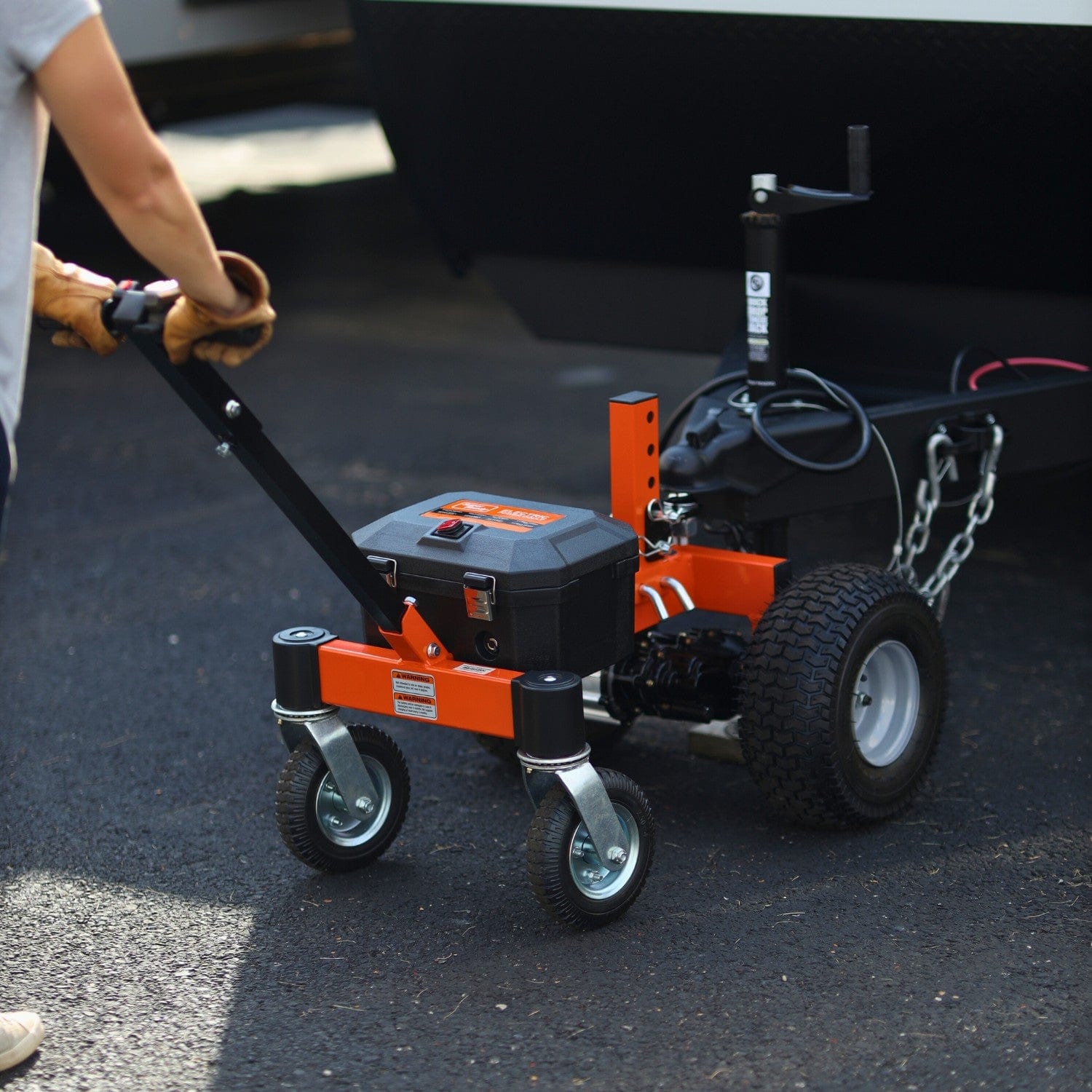
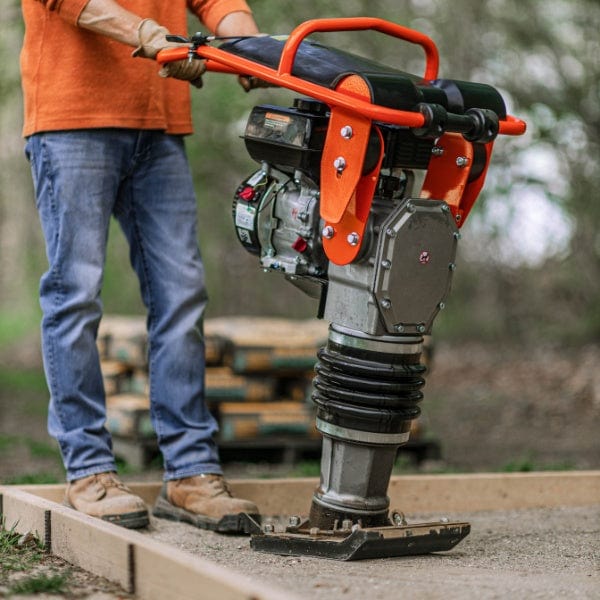
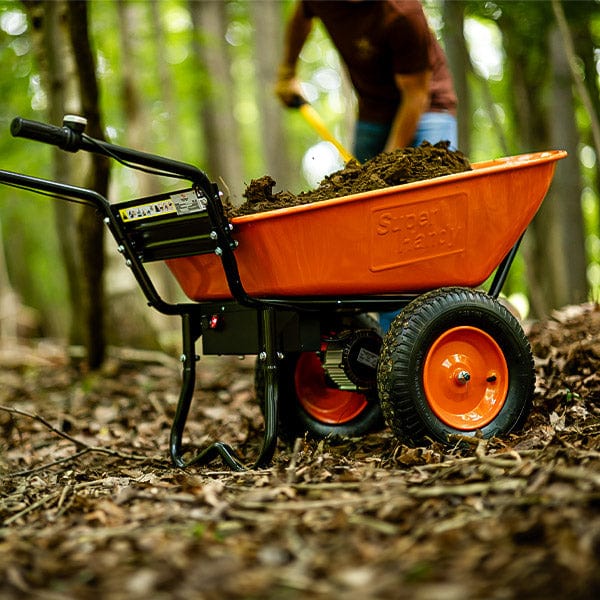
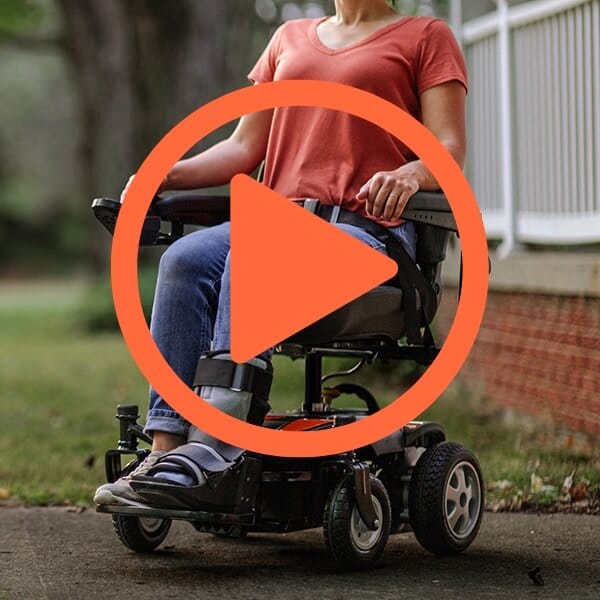

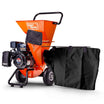
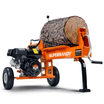

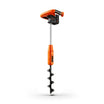
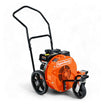



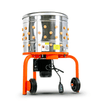
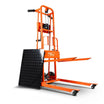

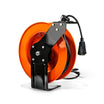

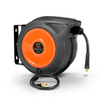


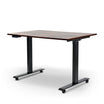


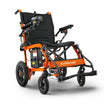


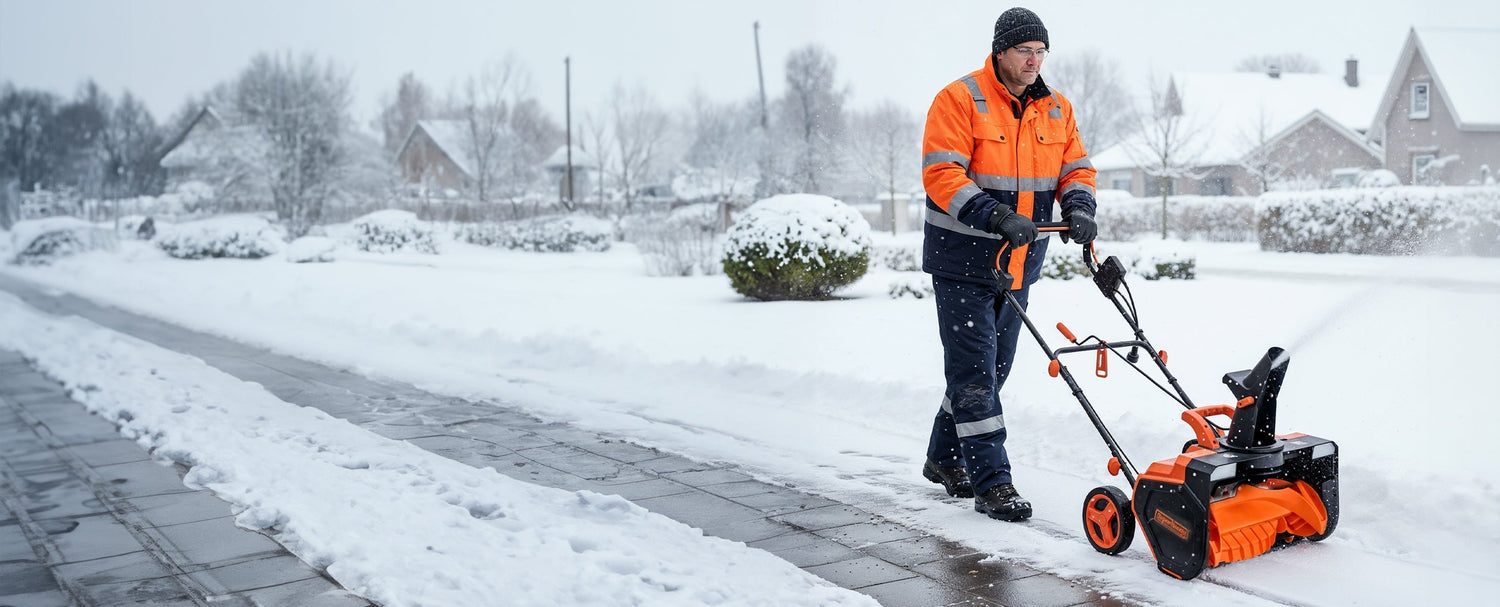

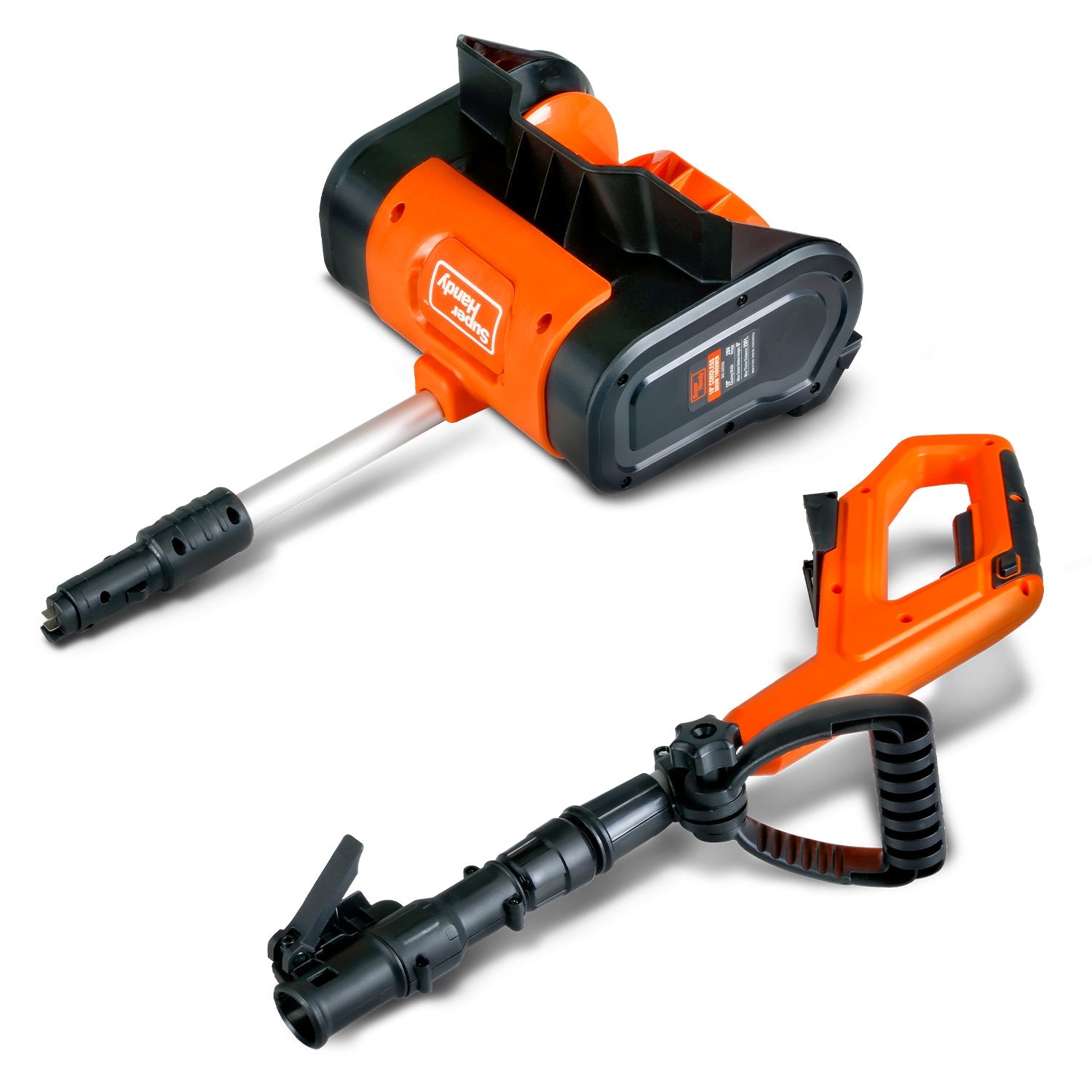


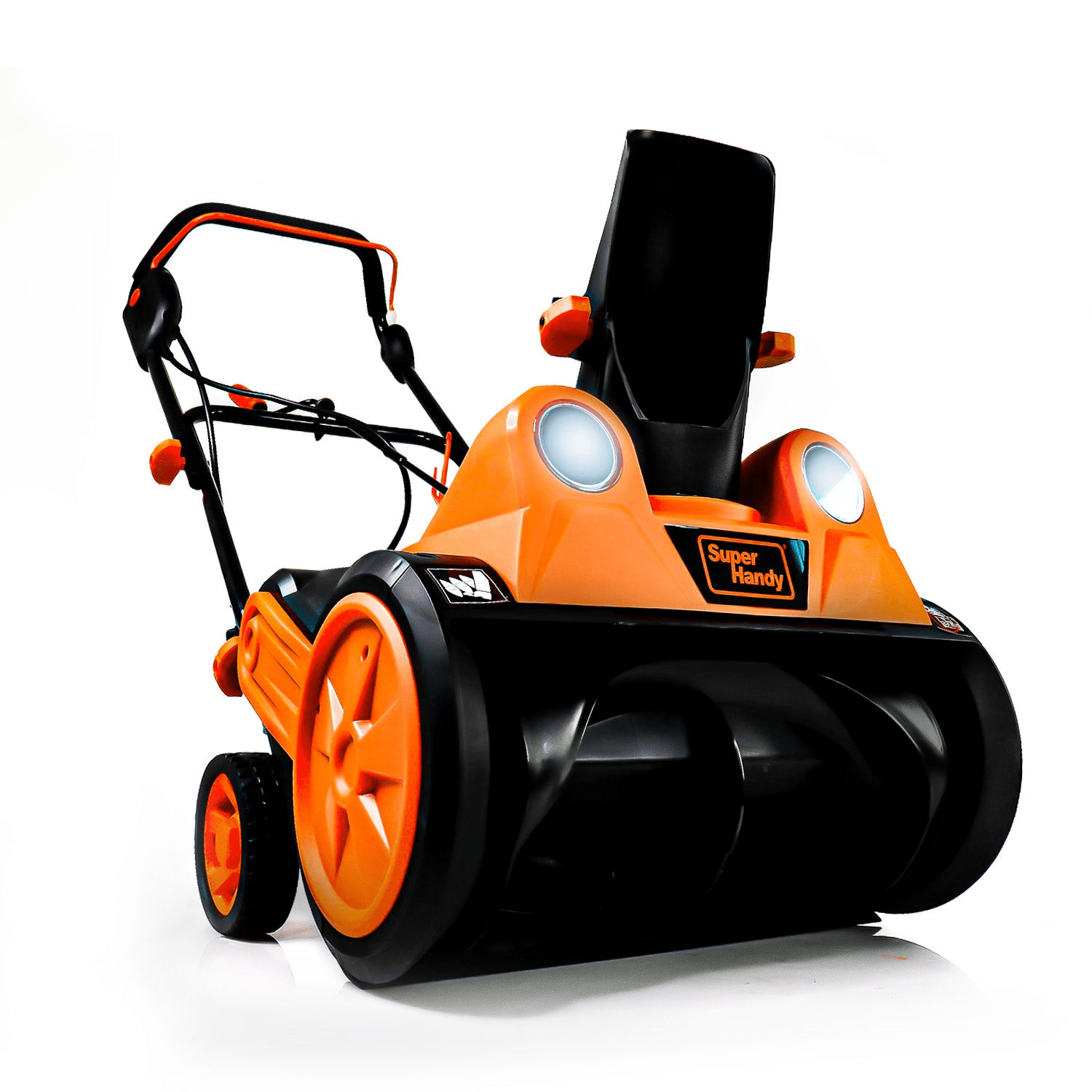


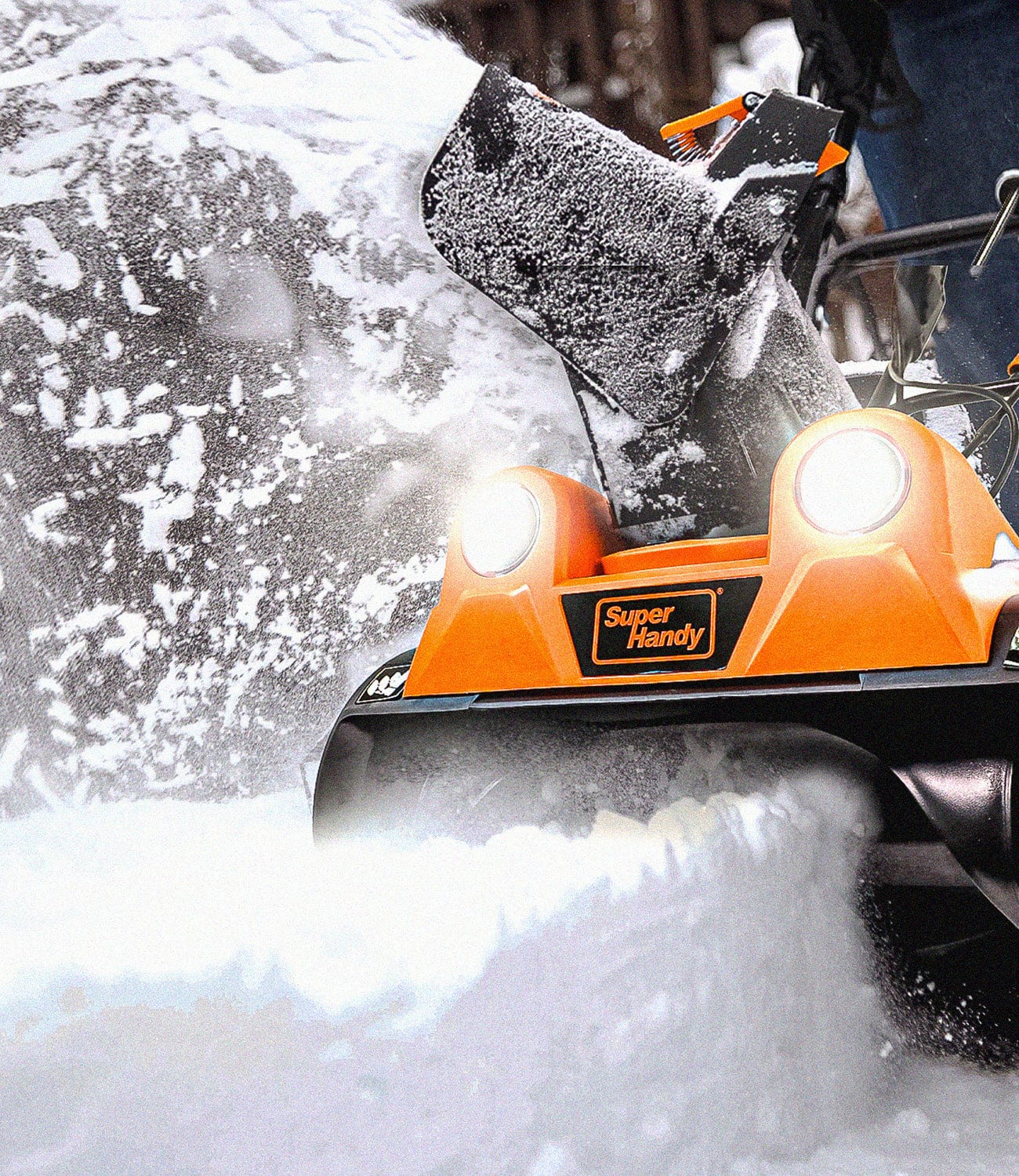
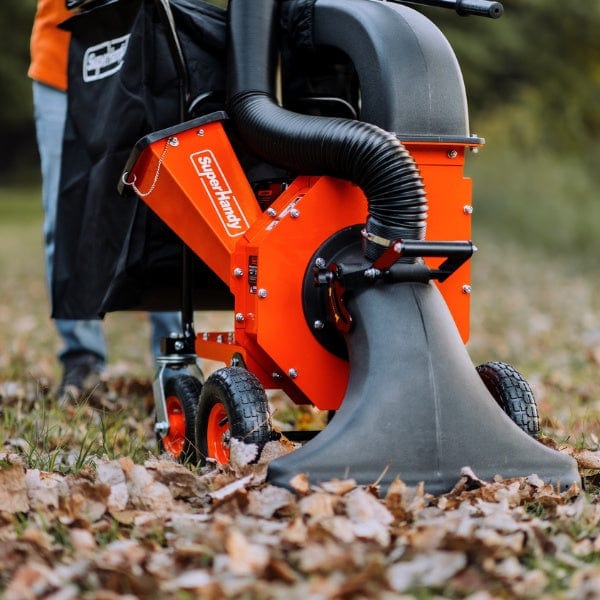
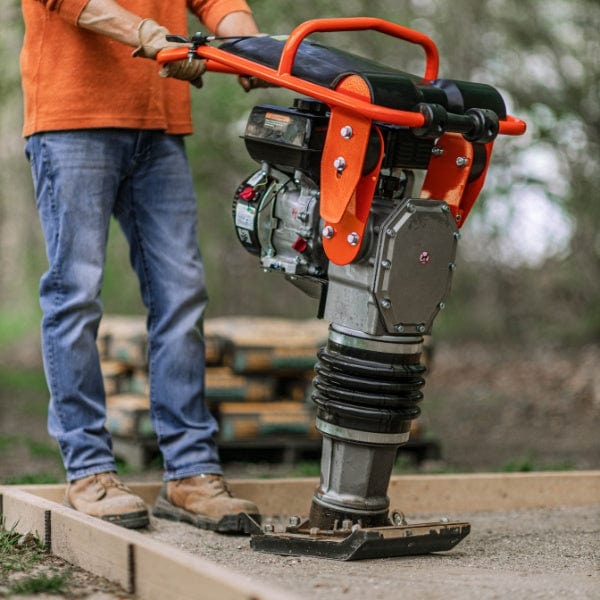

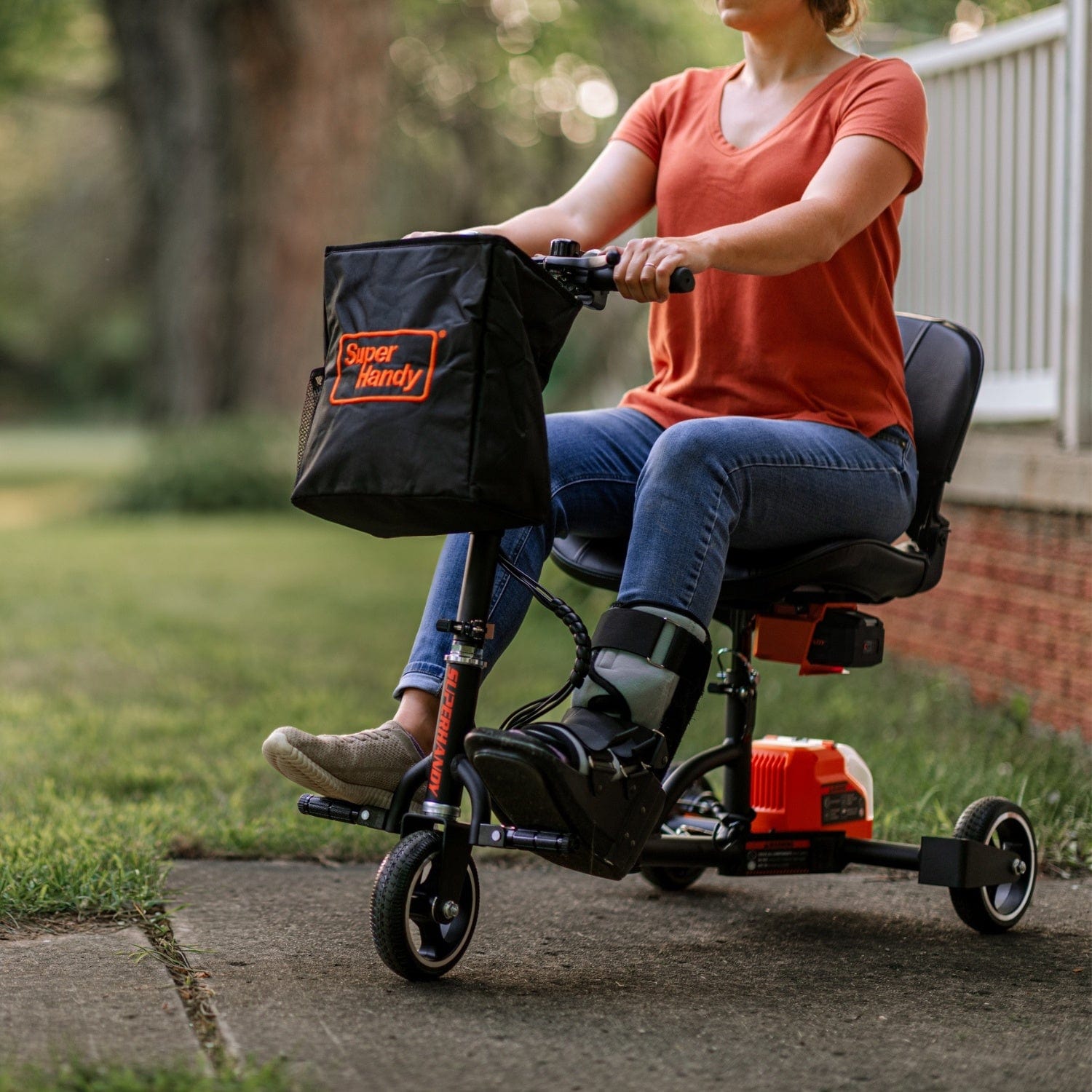
Leave a comment
All comments are moderated before being published.
This site is protected by hCaptcha and the hCaptcha Privacy Policy and Terms of Service apply.